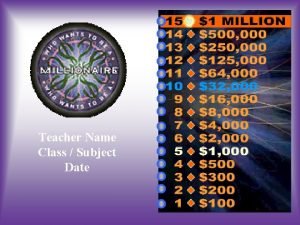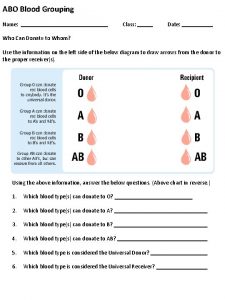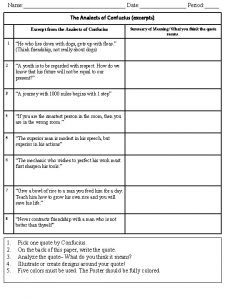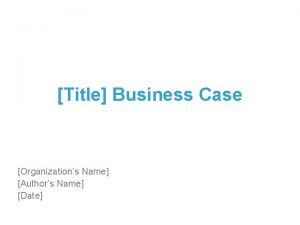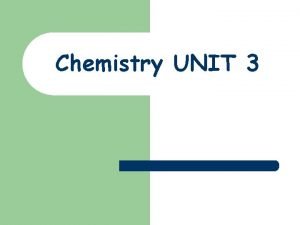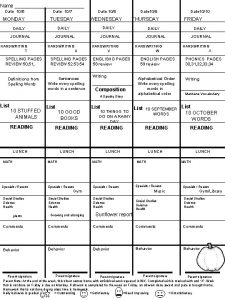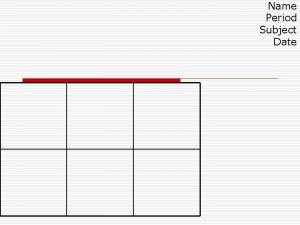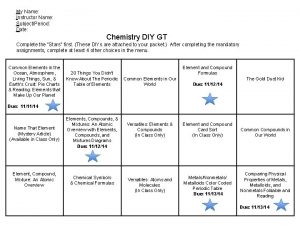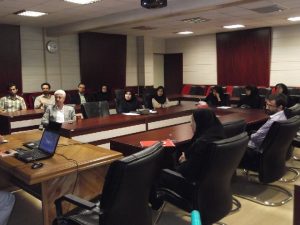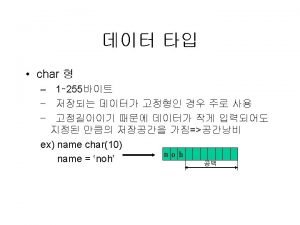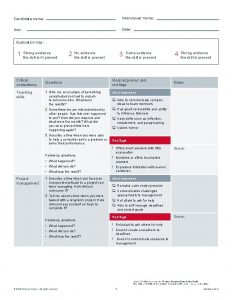Chemistry UNIT 2 Name Date Chemistry Unit 2




















- Slides: 20

Chemistry UNIT 2

Name: Date: Chemistry Unit 2 Properties of Matter

Definitions l l Physical properties can be observed without chemically changing matter. Chemical properties describe how a substance interacts with other substances.

Examples of Properties l Physical properties – – – – Solubility Mass Malleability Ductility Density Color Shape Texture l Chemical properties – – – Reacts with metals Rust Combustibility Flammability Acidity

Phases of Matter l Solids have a definite shape and definite volume. – Particles are packed close together

Phases of Matter l Liquids have no shape and have a definite volume. – Particles have room to move.

Phases of Matter l Gases have no shape and no volume. – Particles are far apart from each other.

Types of Changes l l Physical Change- no change in the identity of a substance. Chemical Change- one or more new substances are produced

Examples of Physical Changes l l Freezing point- liquid to solid Melting point- solid to liquid – l l l Freezing point = melting point Boiling point- liquid to gas Condensation point- gas to liquid Sublimation point- solid to gas

Law of Conservation of Mass l Mass cannot be created nor destroyed.

Types of Matter l Element – – – Pure substance One kind of atom Represented by 1 or 2 letter symbol l l Example: Copper Cu You must know the first 20 elements on the periodic table.

Compound l l l One or more elements chemically combined Represented by a chemical formula Ex. Water H 2 O Water can decompose into hydrogen and oxygen gas Always combine in the same proportions

Mixture l l One or more substance physically combine Do not combine in same proportions Heterogeneous- not the same and not uniform Homogeneous (solution)- same and uniform – – Alloy- mixture of two or more metals Pure substances are homogeneous

Matter Pure substance Element Compound Mixture Homogeneous Heterogeneous

Practice l l l Hydrogen peroxide Carbon dioxide Pizza Salad dressing Rust Apple juice l l l Carbon monoxide Steel Calcium lead

Separating Mixtures l The components of a mixture may be separated based on the physical properties of the mixture.

Properties l l l Magnetism Density-(an instrument used to separate mixtures when tiny particles are dissolved is a centrifuge Filtration- used to separate liquids and solids Evaporation- used to separate solutions Distillation- used to separate solutions

Density l Density- mass per unit of volume l D=m/v l Unit is g/m. L or g/cm 3

Practice l Suppose we have an object with a mass of 5 grams and a volume of 2 m. L. What is the density?

Density of Water l l The density of water is 1 g/m. L. What happens to an object whose density is greater than one?
 Name date class
Name date class What is your class teacher name
What is your class teacher name Name class teacher date
Name class teacher date Types of dividend policy
Types of dividend policy Homemade dividend
Homemade dividend Name all the rays
Name all the rays Name class date
Name class date Name title date
Name title date Name date period
Name date period By name title date
By name title date Name title date
Name title date Dystopian title ideas
Dystopian title ideas By name title date
By name title date By name title date
By name title date Presenter title
Presenter title By name title date
By name title date Name title date
Name title date Name title date
Name title date By name title date
By name title date By name title date
By name title date By name title
By name title

